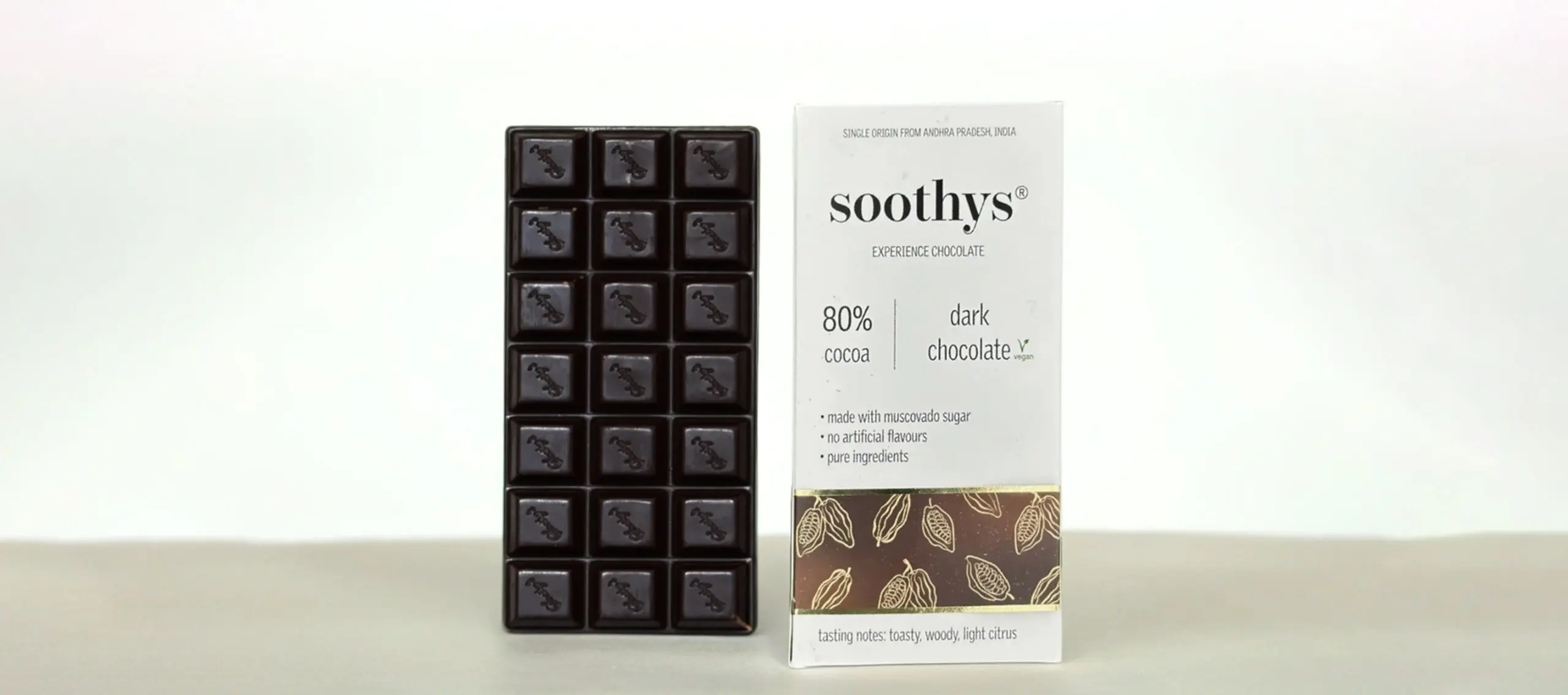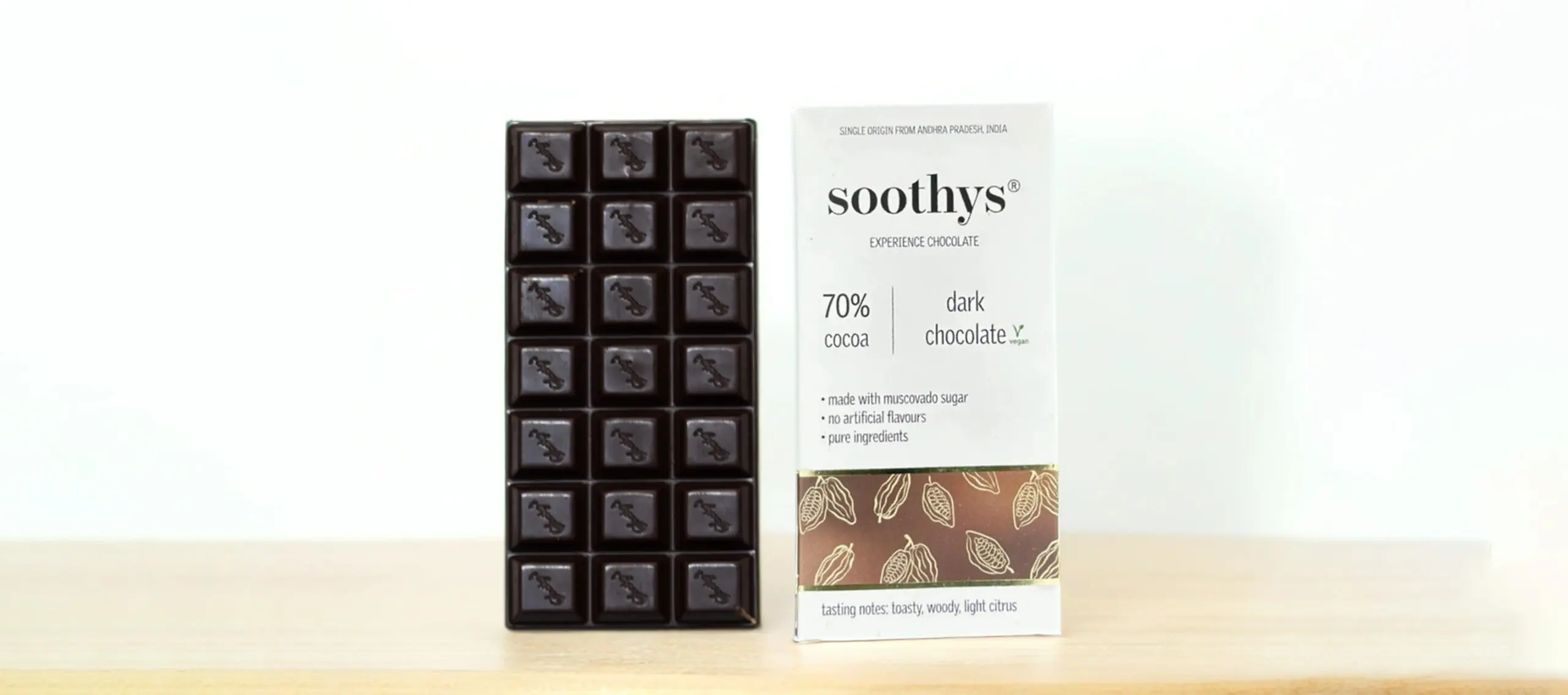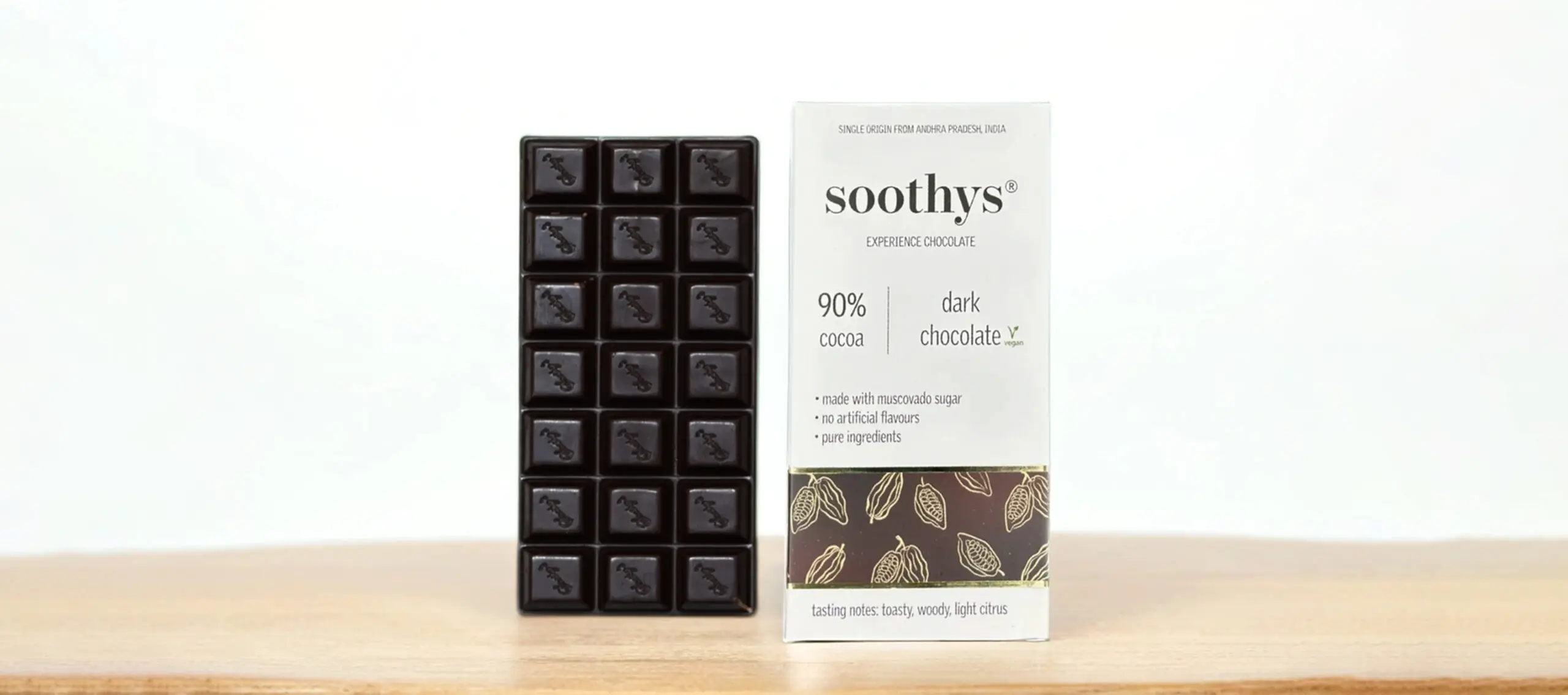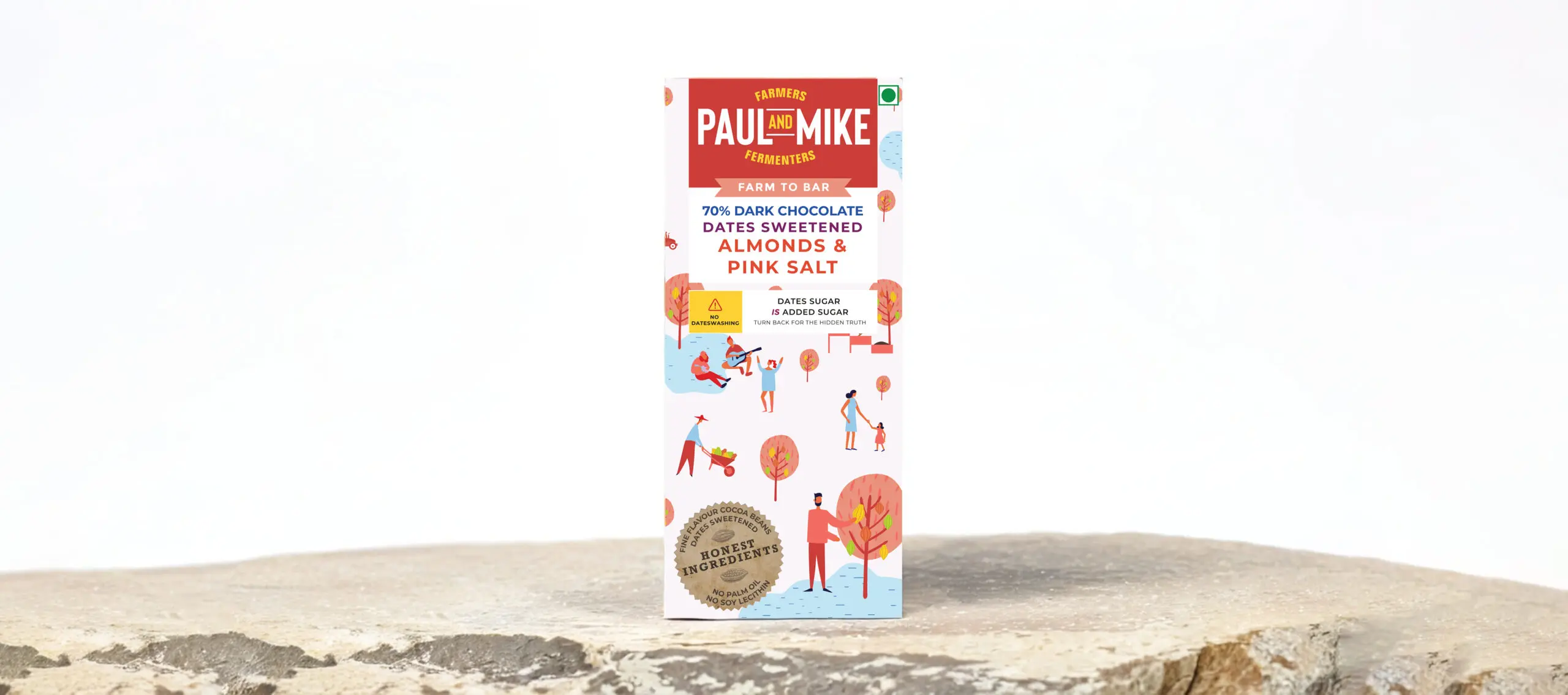Toxic Treats? Heavy Metals in Chocolate Explained!

From childhood to adulthood, chocolate has been our favourite sweet treat. Whether it’s a simple chocolate bar or a decadent truffle, the rich and indulgent flavour is hard to resist. Its versatility in desserts and confections makes it a beloved ingredient in many cuisines. However, recent findings have detected traces of heavy metals in chocolate. What does this mean for chocolate lovers like us? Let’s unwrap the issue, explore why heavy metals are present in chocolate, and learn how to enjoy it safely.
The Wonderful Benefits of Cacao and Dark Chocolate
Antioxidant Powerhouse: Cacao is full of flavonoids like epicatechin, which help combat free radicals and cut down on inflammation. These amazing compounds are linked to a lower risk of chronic diseases, including heart disease and diabetes.
Heart-Friendly Treat: Enjoying cacao can actually help improve blood vessel function and raise nitric oxide levels, which relaxes your arteries and can lower blood pressure.
Boost Your Mood and Brain Power: Cacao also works wonders for your mood! It increases the levels of feel-good chemicals like serotonin, dopamine, and anandamide (also known as the “bliss molecule”). Plus, it gets the blood flowing to your brain, which can help with focus and memory.
Athletic Edge: For those who love to stay active, cacao flavanols can enhance oxygen availability, improve blood flow, and aid muscle recovery by boosting nitric oxide production.
Curbs Cravings and Enhances Satiety: Indulging in high-quality dark chocolate may help you manage your appetite, cut down on sugar cravings, and make you feel fuller for longer.
What are Heavy Metals?
Heavy metals are naturally occurring elements such as lead, cadmium, arsenic, and mercury. While these metals exist in the environment, high exposure can be detrimental to health. The journey from cocoa bean to chocolate bar explains how heavy metals can end up in our treats. Cocoa plants can absorb metals from the soil, especially in regions with contaminated land. Additionally, processing methods—such as grinding beans or packaging—can introduce trace amounts. Though these levels are often minimal, they can vary by region, brand, and production practices.
What Heavy Metals Mean for Your Health?

You may have heard that tiny amounts of heavy metals like lead, cadmium, mercury, and arsenic can find their way into chocolate. But what does that imply for you? These metals, present in soil and the environment, can cause health problems if they accumulate in your body over time. Here’s a simple breakdown of why these metals are a concern:
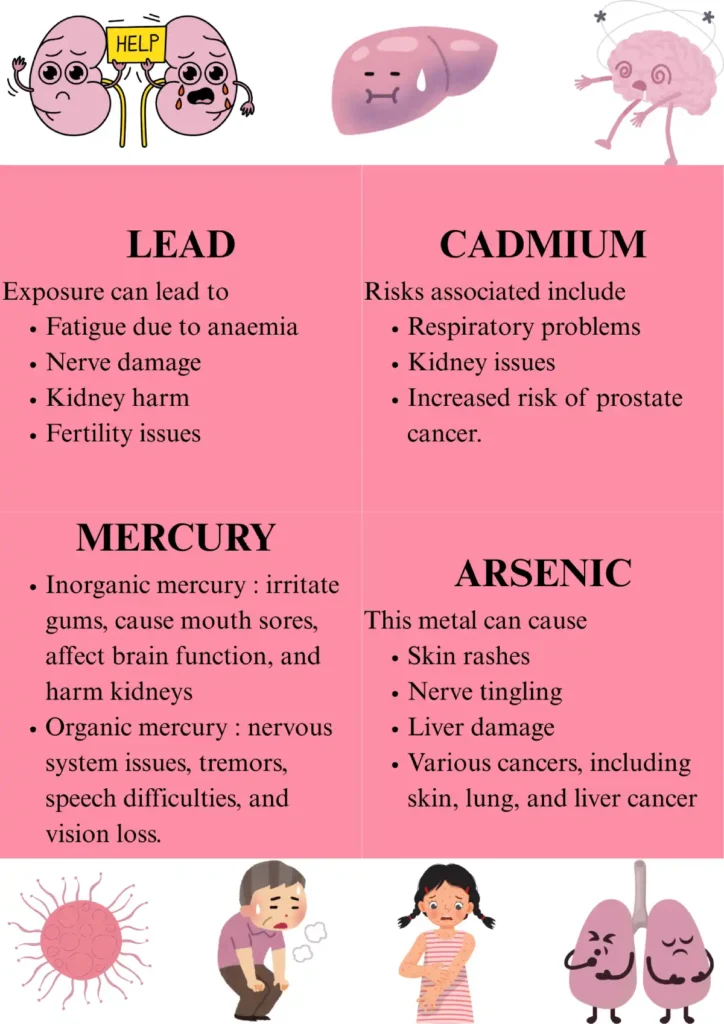
The good news is that eating chocolate in moderation is unlikely to cause significant health problems for most people. However, being aware of these risks allows you to make smarter choices, such as selecting brands with lower metal levels or enjoying chocolate as an occasional treat. By staying informed, you can keep chocolate delightful and safe!
Choosing Chocolate with Confidence
Feeling the need to part ways with chocolate, your sweet source of solace during life’s low moments? Absolutely not! While concerns about heavy metals like lead and cadmium in chocolate are valid, you can still indulge in moderation with peace of mind by making informed choices.
Pick Trusted Brands: Choose brands that prioritize quality and transparency in their sourcing and production processes. Look for chocolates that are certified organic or fair trade to ensure higher safety and ethical standards.
Mix Up Your Treats: Reduce exposure to heavy metals by alternating chocolate with other snacks like fruits, nuts, or yogurt-based desserts. This variety not only lowers risk but also keeps your snacking exciting.
Moderation is Key: Enjoy chocolate a few times a week instead of daily, especially if you prefer high-cocoa dark varieties.
Pink Tiger Approved Chocolate
Pink Tiger is an initiative that involves independent third-party lab tests to screen for contaminants, including heavy metals like lead, mercury, cadmium, and arsenic. Products must meet stringent criteria to earn the “Pink Tiger Approved” label, ensuring they are free from harmful substances. If you’re craving chocolate, choose one that upholds the highest standards. Look for the Pink Tiger stamp—a symbol of quality you can trust. Discover our thoughtfully selected range Here 👇🏻
Savour the Sweet
Chocolate is more than just a treat; it’s an emotion, a moment of joy, and a way to care for yourself. Choose brands that test for heavy metals like lead and cadmium, prioritising transparency and safer sourcing. By being mindful of your choices, you can continue to enjoy this beloved indulgence without compromising your health or values
Disclaimer: This content is for informational purposes only and is not a substitute for professional medical advice, diagnosis, or treatment. Always consult a qualified healthcare provider for any questions or concerns regarding your health.
References :
Balali-Mood, M., Naseri, K., Tahergorabi, Z., Khazdair, M. R., & Sadeghi, M. (2021, April 13). Toxic Mechanisms of Five Heavy Metals: Mercury, Lead, Chromium, Cadmium, and Arsenic. Frontiers in Pharmacology. Retrieved May 15, 2025, from https://pmc.ncbi.nlm.nih.gov/articles/PMC8078867/
Chawla, D., & Sondhi, N. (2016, October 25). Attitude and Consumption Patterns of the Indian Chocolate Consumer: An Exploratory Study. Global Business Review, 17(6), 1412–1426. https://doi.org/10.1177/0972150916660408
Colin, Asmaa, Paul, Jeffrey, Eric, Aedín, & flavan-3-ols. (2012). Effects of chocolate, cocoa, and flavan-3-ols on cardiovascular health: a systematic review and meta-analysis of randomized trials. https://www.sciencedirect.com/science/article/pii/S0002916523026928
Eva, Martina, & Judita. (2014). Analysis of consumer behavior at chocolate purchase. https://search.ebscohost.com/login.aspx?direct=true&profile=ehost&scope=site&authtype=crawler&jrnl=13389971&AN=96728066&h=1fgrBRzDkGCmg1dZLDvyeYYiEGTk9DHmxZK5QdtJVr2jvDVyxXxXQzTnNvrGCNroOnCcZKTaJXS4IavTyZ%2Fhnw%3D%3D&crl=c
Hands, J. M., Anderson, M. L., Cooperman, T., Balsky, J. E., & Frame, L. A. (2024, July 10). A Multi-year Heavy Metal Analysis of 72 Dark Chocolate and Cocoa Products in the USA. Frontiers in Nutrition. Retrieved May 17, 2025, from https://pmc.ncbi.nlm.nih.gov/articles/PMC11321977/
Katz, D. L., Doughty, K., & Ali, A. (2011, April 7). Cocoa and Chocolate in Human Health and Disease. Antioxidants and Redox Signaling. Retrieved May 22, 2025, from http://pmc.ncbi.nlm.nih.gov/articles/PMC4696435/#s035
